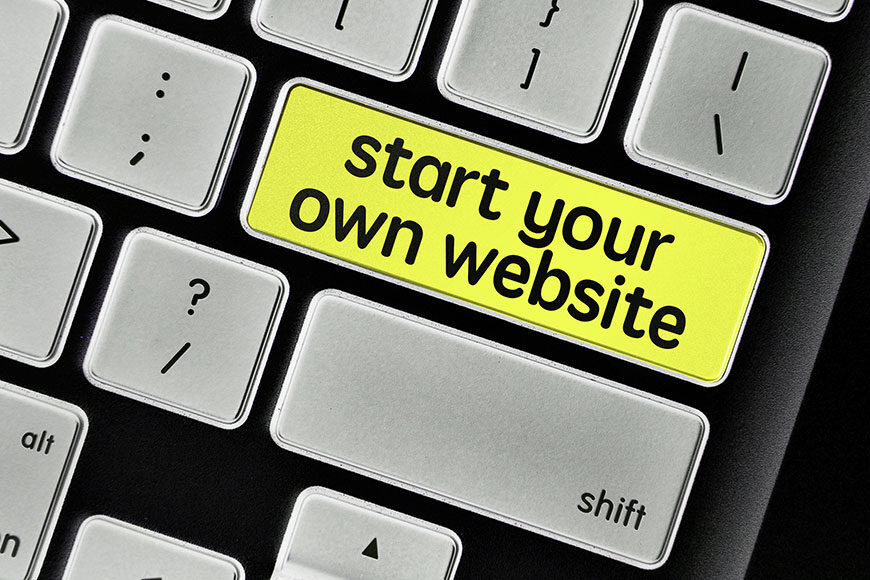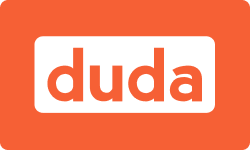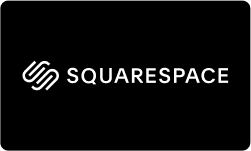Whether you are a blogger, home-based entrepreneur, a small business owner, or someone who needs to advertise their product, service, or brand, having an online presence is important. Even if you have a strong social media presence, you need to have a website that is your own digital space. The good news is that it has now become easier to build a website. You no longer need to hire a web designer or learn web designing to have your DIY websites.
If you are wondering how to create a website yourself, here are the basic steps:
Choose a suitable website builder
There are a number of DIY website builders that help create websites. Platforms such as GoDaddy, Wix, Weebly, and WordPress help millions of people making their own websites. With website builders, anyone can create a site, irrespective of the technical skills they possess.
Earlier, it was necessary to understand coding languages such as HTML and CSS to create websites. Now, people can use DIY website builders that take care of the technical side, while you focus on the creative aspect of your website. All you have to do is look at the design and content. Most website builders have templates that set up the design of the website’s pages. Additionally, most small business website builders now have the drag-and-drop function to create and customize your website.
If you are planning to create a website with email capability or an e-commerce site, you will have to pick a builder that includes these functions in their packages. An e-commerce site has its own requirements, such as a cart, inventory management, and payment getaways. Moreover, you will need to ensure that the site is secure enough for your customers and their data. So, make sure you choose a website builder with robust security features, cost-effective plans, and components that meet all your needs. Many DIY website builders have free trials; try them out before committing to one.
Sign up for the right package or plan
All DIY website builders offer multiple plans and packages. You have to sign up for one of the plans based on your requirements.
Before picking a plan, determine the type of website you want to build. For instance, if you are thinking about creating a personal blog or an online portfolio, a low-priced basic plan will work well for you. However, if you are planning to start an online store, a premium plan with e-commerce capabilities would suit you better. You can also start small with basic plans and then scale up as your business and budget grow.
Pick a domain name
The domain name is the address through which people will be able to find your website on the Internet. Most of the time businesses pick a name that is the same as the business. In case, you want your domain name to be different, keep in mind the following tips.
- Keep the domain name relevant. Ensure that the domain name matches your products, services, and brand.
- Keep the domain name short so that it is easy to remember.
- Refrain from including numbers in the domain name, unless it is part of your brand or company name.
- Ensure that your domain name is rare and does not already exist since there are millions of websites and most of them are already taken.
Once you have picked the domain name, you will have to register it. When you create websites yourself, you need to register a domain name as part of the signup process. You can also register a domain name through website-hosting services. Website hosting services help host your website so that it is accessible to people. Some DIY website builders offer domain registration as a free service for a fixed initial period. Some, on the other hand, may ask you to pay a fixed fee. Meanwhile, a number of builders require you to pay an annual renewal fee. The fee is quite minimal (around $12 per year).
Many often wonder about their domain’s name after they switch website builders or hosts. But, there is nothing to worry about because you own the domain name when you purchase it from a website builder. So, even if you switch hosts or builders, the domain name remains the same.
Choose the right template
After picking a DIY website builder, signing up for a plan, and registering for a domain name, you are ready to create your website. A website builder will take you through this process step-by-step. Many builders often have tutorials to guide you through the process.
Website builders usually have a library of design templates for you to choose from. These templates provide a framework so that you can put up your content. Templates set the color scheme, fonts, page headers, homepage design, menu bars, buttons, and other basic and advanced features of a website. There are different templates for blogs based on the type of content you want to put up. In addition, you will find special templates for e-commerce websites and online stores. Make sure you pick the right template so that it serves its purpose. Most builders offer templates across categories such as restaurants, online stores, photography, various portfolios, etc. You have a wide range of options to choose from.
Higher-priced plans help you access to more templates. Also, some website builders offer advanced options of customizing templates through HTML and CSS. These are complex DIY website builders that usually require you to understand the technical aspects of website building.
Test the website
After you learn how to create a website yourself, you will need to preview and test it before publishing it. Previewing is necessary as it confirms the performance of your website; you can make changes if you are unhappy about certain components. Check the following during the preview and test phase:
- Spelling and grammar of textual content
- Formatting
- Appearance on desktop and mobile interface
- Working status of buttons, menus, and links
- The loading time of the site
- Optimization for search engines
- Security features
Publish it!
Once you have successfully tested your website and have made sure to remove discrepancies and inconsistencies, you are ready to publish it. Your website is now live!

![Unlocking Ahrefs Premium: Get Ahrefs Premium Accounts [100% Free]](https://s44815.pcdn.co/wp-content/uploads/2023/10/Ahrefs-Free-Premium-accounts-2023-330x250.webp)




















